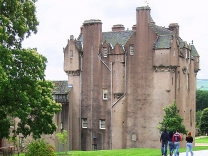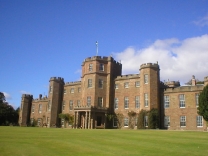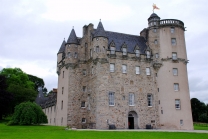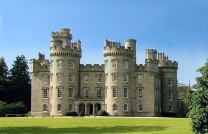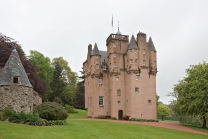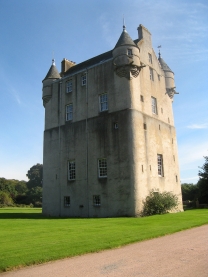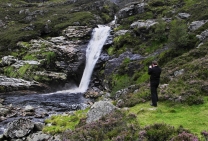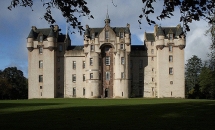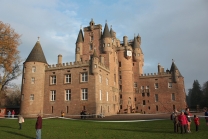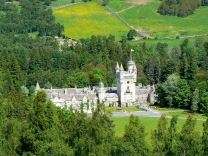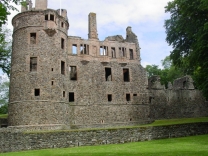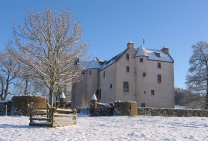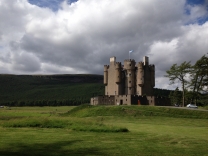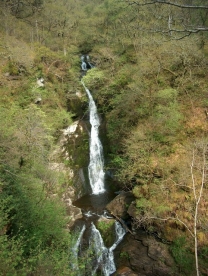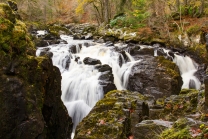No video yet

Dunnottar Castle
Dunnottar Castle (Scottish Gaelic: Dùn Fhoithear, "fort on the shelving slope") is a ruined medieval fortress located upon a rocky headland on the northeastern coast of Scotland, about 3 kilometres (1.9 mi) south of Stonehaven. The surviving buildings are largely of the 15th and 16th centuries, but the site is believed to have been fortified in the Early Middle Ages. Dunnottar has played a prominent role in the history of Scotland through to the 18th-century Jacobite risings because of its strategic location and defensive strength. Dunnottar is best known as the place where the Honours of Scotland, the Scottish crown jewels, were hidden from Oliver Cromwell's invading army in the 17th century. The property of the Keiths from the 14th century, and the seat of the Earl Marischal, Dunnottar declined after the last Earl forfeited his titles by taking part in the Jacobite rebellion of 1715. The castle was restored in the 20th century and is now open to the public.
The ruins of the castle are spread over 1.4 hectares (3.5 acres), surrounded by steep cliffs that drop to the North Sea, 50 metres (160 ft) below. A narrow strip of land joins the headland to the mainland, along which a steep path leads up to the gatehouse. The various buildings within the castle include the 14th-century tower house as well as the 16th-century palace. Dunnottar Castle is a scheduled monument, and twelve structures on the site are listed buildings.
History
Early Middle Ages
Historic view of Dunnottar CastleA chapel at Dunnottar is said to have been founded by St Ninian in the 5th century, although it is not clear when the site was first fortified, but in any case the legend is late and highly implausible. Possibly the earliest written reference to the site is found in the Annals of Ulster which record two sieges of "Dún Foither" in 681 and 694. The earlier event has been interpreted as an attack by Brude, the Pictish king of Fortriu, to extend his power over the north-east coast of Scotland. The Scottish Chronicle records that King Donald II of...







